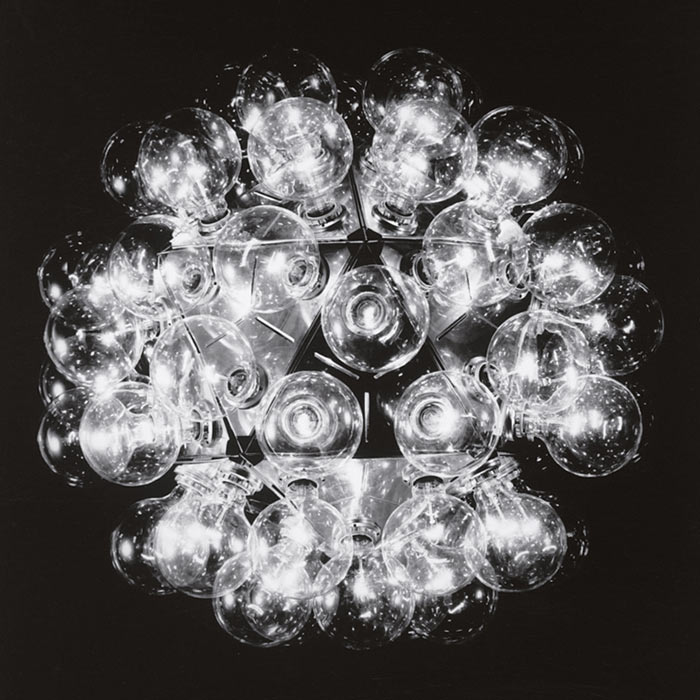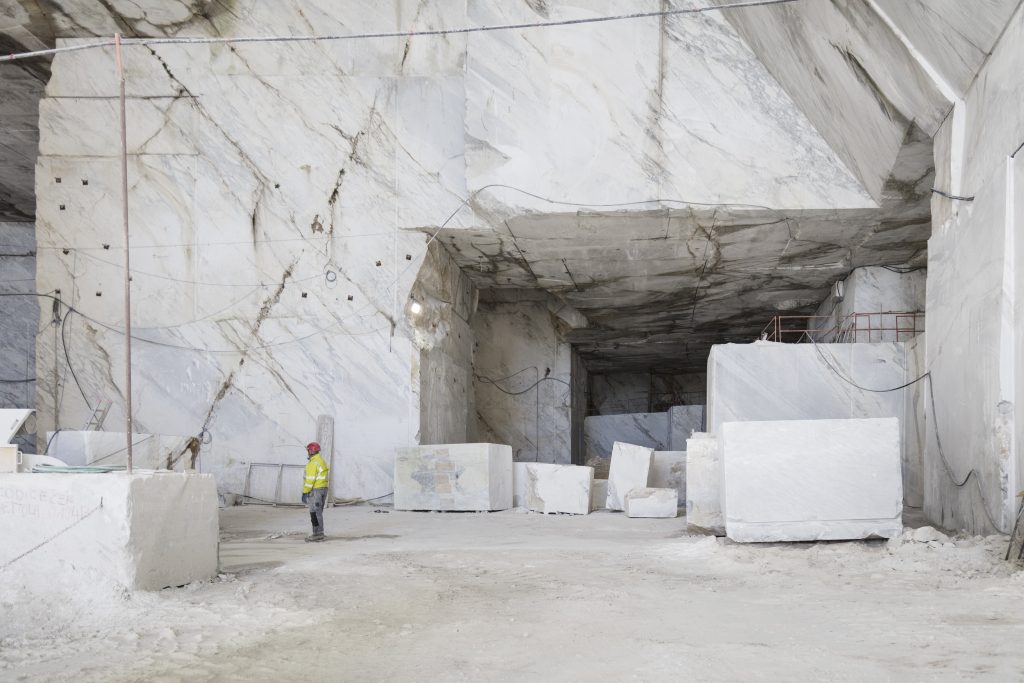Piero Lissoni
Our interview with the spirited Italian designer on a child-like design approach and his latest collection for Kartell

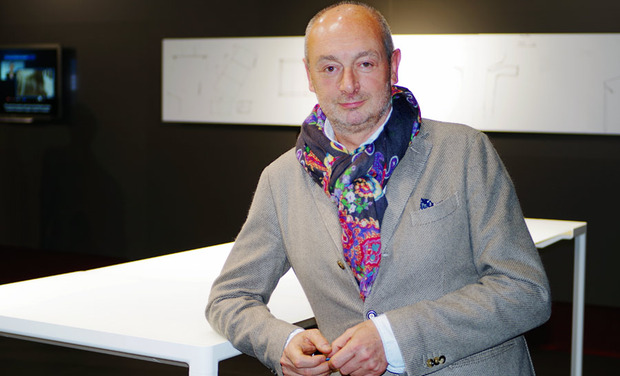
Trained as an architect some 30 years ago, Italian-born Piero Lissoni has since mastered every design discipline from architecture and interiors to product and graphic design. Lissoni has established himself as one of most notable names is contemporary design for his clean, industrial aesthetic while collaborating with many of the world’s most notable design companies. After a productive 2011 his collection for Italian furniture maker Kartell has drawn much attention for its innovative design and production processes. While visiting Milan for Design Week we caught up with Lissoni at Salone del Mobile to learn a bit more about his broad design portfolio and take a closer look at his two new pieces in the Kartell collection.
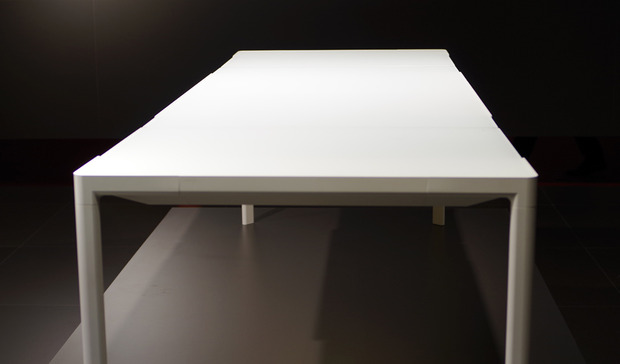
With a studio that works in architecture, furniture, graphic and product design, how do you manage one discipline over another?
I’m quite convinced it’s better if you start being a little bit more humanistic. I never believed in a specialized way of life. Every day you study something completely new. In an Anglo-Saxon way of life architects are architects and they design a shell. The interior’s something inside, designers design only products and somebody designs furniture and somebody designs industrial. For us it is more easy. You have to be open and able to design all facets. For me it’s impossible to think I design one building, only the external parts and somebody decides for me the technical parts inside, the decoration inside and somebody decides inside for me the spaces. That’s exactly the opposite way. If I design a table or if I design a chair, of course I’m totally convinced it’s interactive. The interactivity with the people, with the human beings, with the party, with the movement, it’s inside. And one space fits inside another space. I never accept the idea to disconnect these different qualities of work.
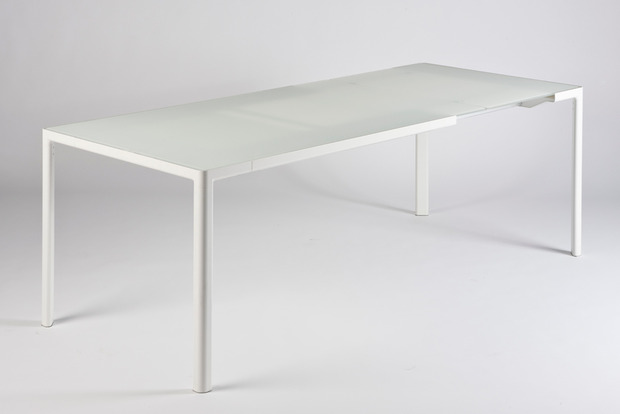
Do you think this comprehensive design mentality is the reason why so many architects find success in product design?
I don’t know if this is the reason why, but to be an architect, for me the meaning is being flexible. When you design one watch, at the same time you change the scale and design a building. It doesn’t matter if the building is bigger or smaller in the end it is a pleasure to be good on a different scale. I like to work like a child. If I design one small object I am a child with a small toy. If I design a big object, again I’m the same child with one toy, a little bit bigger. I like to live inside this toy’s life.
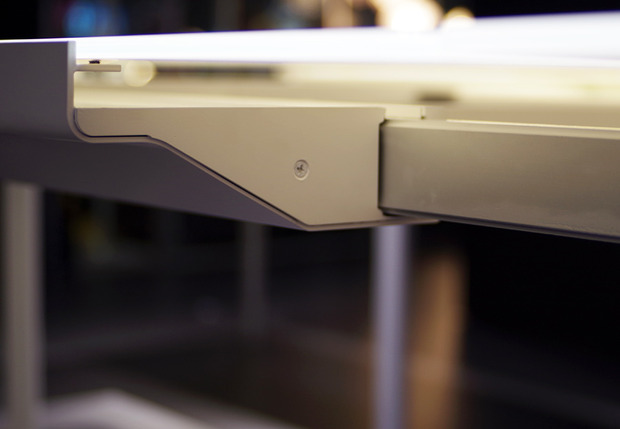
For your latest collection for Kartell you designed the “Zoom Table”, which is Kartell’s first ever extendable table. How did this idea come about?
I was asked to do a series, a family, and we used a special name. The nickname for the project was “Il Progetto Misteri”. During the day the table is a mystery, during the night with friends, with people it becomes a project. But the morning later, zoom, it’s again the mystery—perfect, small, pure, clean with flowers and with coffee. But again at night again it is bigger with friends, with noise, with food, with alcohol, with whatever you want. That was the exploration point. The second part was the discussion around doing something so precise with the super soft movement like a camera. When you move one macro in a camera the movement is so gentle, so soft. We tried to design a movement like this. It’s so easy to design one table, but the movement, the cinematics inside, small wheels inside, this was the goal. I told you I’m like a child.
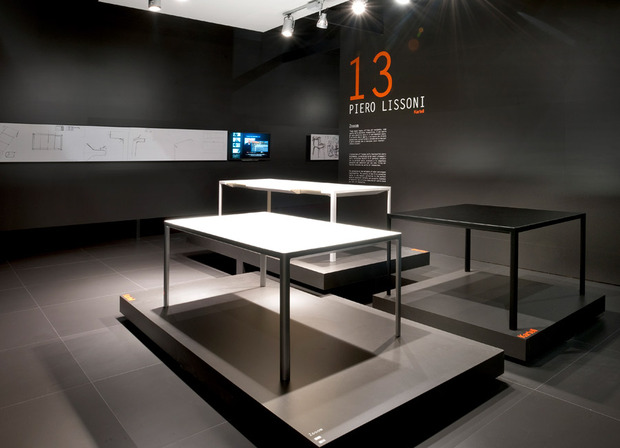
How did the design process of the “Audrey Chair” differ from other projects you’ve worked with Kartell on?
When we designed Audrey, we started to design five years ago. Five years ago Audrey was a piece of paper with pieces of plastic and pieces of small models, but normally I never accept to design something in a small scale. Normally when I design I do some prototypes in a 1-1 scale. But the real project was not to design another chair but to design a process. This one, it was a secret.
We talked about robotics, and they designed for us the whole process of production with robots, building this chair. After that we started to design the chair because the robots, they are so fantastic but full of limits and we have to follow the limits of the machine, follow the limits of this technology. But again I become a child in front of the robots. We started to remodel the chair, one millimeter thicker, one millimeter thinner, one corner a little bit heavier, another one a little straighter—and then the process begins to become a project.
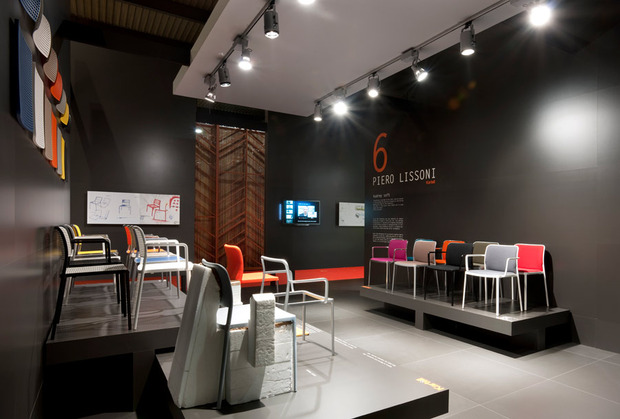
Although “Audrey’s” specific production process was a bit unconventional for you, is this concept of industrial over artisanal important to your design?
I like to stay in a family of industrial designers. For me design means industrial. Design without industrial isn’t impressive. Of course I like the unique pieces, I like the unique production, but I’m not good at it. I prefer to think in another way. I’m connected with the hardware, I’m connected with the factories, I’m connected with the users, with the human beings.

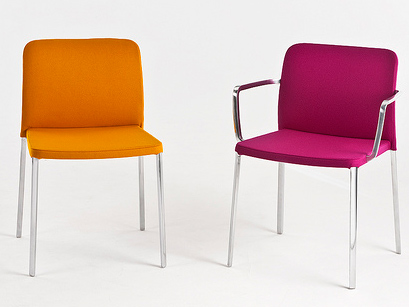
What other designers or companies have you worked with in 2011?
I’m very lucky because I design for many many companies. And luckily for me some of these companies are certainly very good. I designed a new collection for Cassina, Matteograssi, Flos, Porro, Kartel, I designed a collection of kitchen for Boffi. You know what more can I ask for?
What have you been working on since finishing your collections for Salone?
Two weeks ago I was asked to start to design one project for one house. I was without anything and then I rediscovered at home one piece of lego. And I designed a house with lego bricks. And I was inspired by the small lego house for my project. My studio laughed a lot and came to me and said to sit there and don’t use the telephone until I start to design the house. But it is funny because I am the boss. I like to be like a child.

